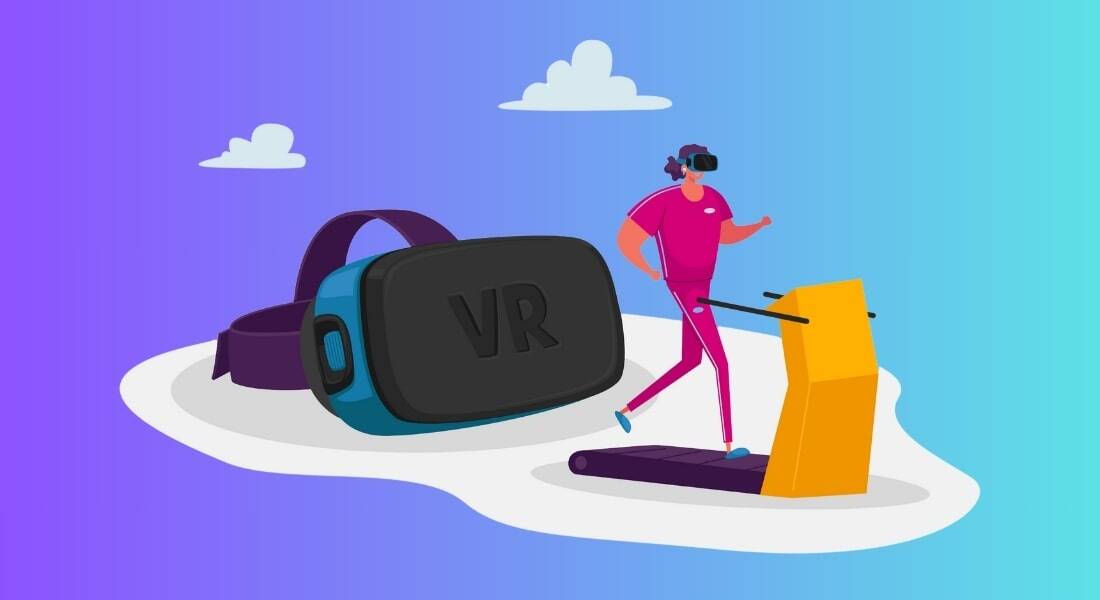8 Tips to Find the Ideal Blended Learning Approach for On-The-Move Sales Force

Salespeople are always on the go. Between client meetings, industry events, and travel time, they're constantly in motion. This can make it difficult to prioritize training and professional development. Blended learning offers a flexible, dynamic, and efficient solution for busy sales teams. Implementing a blended learning program involves more than just adding some online modules. This blog helps you understand how to create an effective and impactful blended learning experience for your on-the-move sales force.
Trying to Find the Ideal Blended Learning Approach for Your Sales Force?
Here are a few tips to implement it -
- Define clear objectives
- Choose the right mix of learning formats
- Prioritize engagement
- Measure results and iterate
Why Blended Learning is Ideal for Sales Teams
Blended learning combines traditional classroom-based instruction with online learning methods. This hybrid approach provides a richer learning experience and helps learners retain knowledge more effectively. Sales teams can benefit significantly from the adaptability that blended learning offers. Blended learning helps your sales team with -
- Flexibility: Salespeople often have unpredictable schedules. Blended learning allows them to access training materials on their own time, at their own pace, fitting learning into their busy days.
- Reduced Costs: Blended learning can reduce sales training costs associated with travel, accommodations, and instructor time.
- Improved Knowledge Retention: The mix of online and in-person learning experiences reinforces concepts and improves knowledge absorption for sales professionals.
- Personalized Learning: Blended learning offers more opportunities to cater to individual learning styles and preferences.
- Scalability: Blended learning approaches can be easily scaled to accommodate sales teams of varying sizes.
→ Download Checklist Now: Is Blended Learning Right For You?
8 Tips for Implementing Effective Blended Learning for Your Sales Team
1. Define clear objectives
Start by outlining what you want your sales team to achieve through blended learning. Do you want to improve product knowledge, enhance sales techniques, or develop soft skills? Your learning objectives will guide the design of your blended learning program.
2. Assess Your Team's Needs
Identify knowledge gaps and skill deficiencies within your sales force. Use surveys, interviews, or performance reviews to gather data and pinpoint areas for targeted development. Consider your team's technological proficiency and existing familiarity with online learning tools.
3. Choose the Right Mix of Learning Formats
Consider eLearning modules, microlearning videos, webinars, simulations, gamified quizzes, and virtual role-plays. For offline sessions, you can leverage workshops, instructor-led training sessions, coaching and mentoring, as well as peer-to-peer learning. Find the right balance that suits both your sales team's needs and your organizational resources.
4. Select the Right Technology
- Learning Management System (LMS): A robust LMS is essential for organizing and delivering blended learning content. Look for LMS platforms that have mobile-friendly interfaces. Here are a few popular ones -

- eLearning Authoring Tools: Choose an eLearning authoring tool that allows you to create engaging online learning modules as per your needs. Here are a few amazing tools you can try -

- Video Conferencing Tools: Facilitate virtual instructor-led sessions and group discussions through video conferencing tools.
5. Create High-Quality Content
Focus on content that is relevant, engaging, and directly applicable to your sales team's day-to-day challenges. Keep online content concise and easily digestible – short videos, digestible infographics, or interactive quizzes work well. Use a variety of multimedia formats (images, audio, etc.) to keep learners stimulated.
6. Prioritize Engagement
Design interactive elements into online modules – scenarios, simulations, knowledge checks, etc. Gamify aspects of learning to make the process more competitive and fun. Facilitate group discussions and collaborative projects to encourage knowledge transfer between team members.
7. Provide Ongoing Support
Don't just launch your program and forget about it. Support learners during their blended learning journey. Offer technical assistance and troubleshooting for online tools. Assign mentors or coaches to guide and motivate sales professionals. Make it easy for your team to ask questions and get quick answers when needed.
8. Measure Results and Iterate
Track key metrics – course completion rates, knowledge assessments, performance improvement on the job, etc. Gather feedback from your sales team – what worked, what didn't, and what would they like to see more of? Use data and insights to refine your blended learning program for continuous improvement.
Examples of Blended Learning in Action for Sales Teams
Let's explore a few practical scenarios of how blended learning can revitalize your sales training:
1. Product Knowledge Training
Online: Product videos, interactive modules, and online quizzes to master product features and benefits. Here’s a short video to understand more about product knowledge training.
In-person: Hands-on product demonstrations, Q&A sessions with product experts, and role-playing exercises.
2. Sales Skills Development
Online: Webinars on negotiation tactics, objection handling techniques, or presentation skills.
In-person: Role-playing scenarios with live feedback or coaching sessions for individualized support.
3. Onboarding New Sales Reps
Online: Self-paced eLearning modules covering company history, product offerings, and sales processes.
In-person: Shadowing experienced salespeople, attending client meetings, and participating in team-building activities.
Wrapping Up!
A well-structured blended learning program offers the flexibility, personalization, and engagement needed for sales professionals to continuously improve. By strategically combining online and in-person elements, you can create a dynamic learning environment that drives results. Are you ready to take your sales team's training to the next level? Implementing a blended learning approach can yield significant benefits for your sales representatives and, ultimately, your organization. Here’s a quick checklist to help you figure out if blended learning is the best for you or not, check it out!





